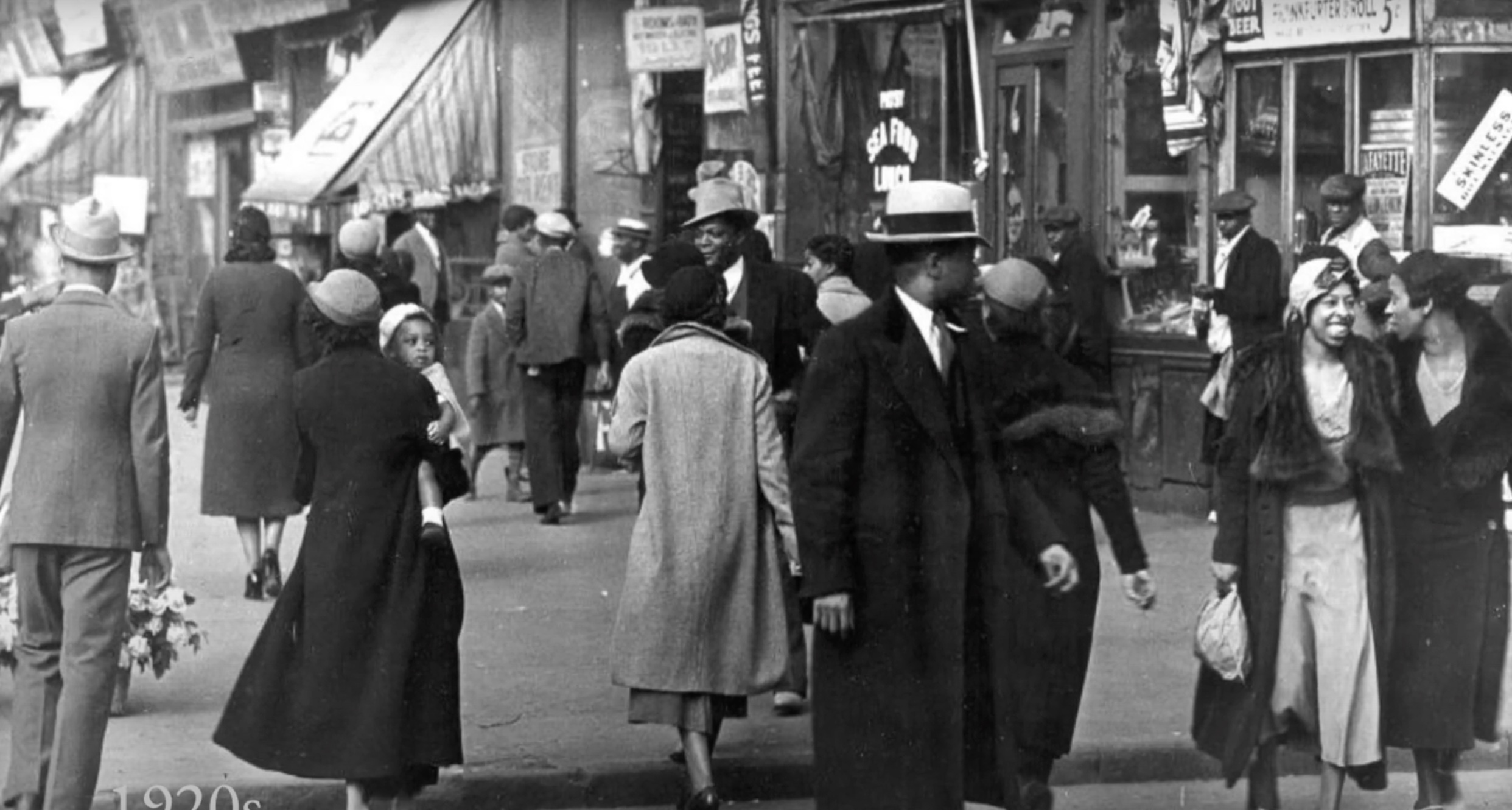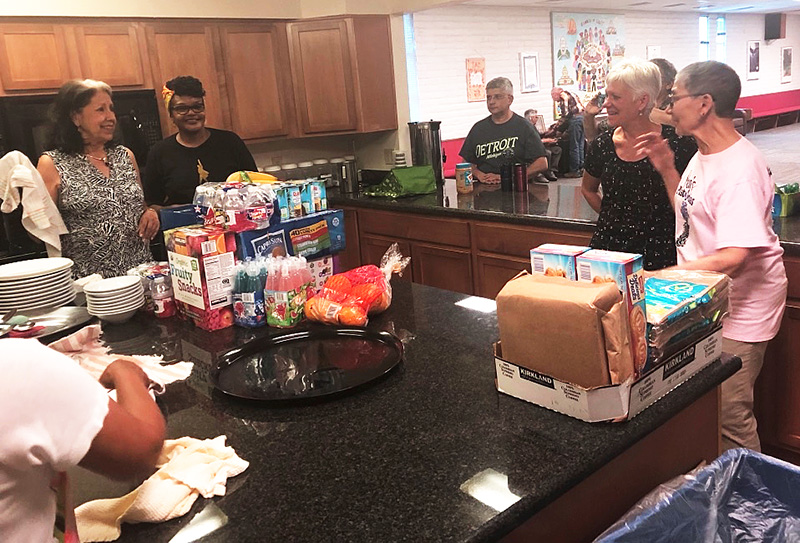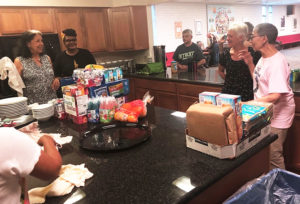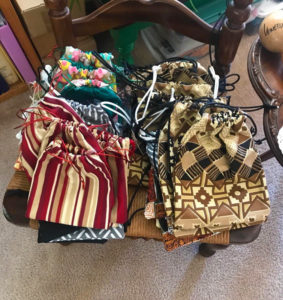



Baha’is in Albuquerque, New Mexico, have joined a Muslim community in a project providing meals for homeless people. Over the past few months, their collaboration has also generated three regular prayer gatherings.
The Lighthouse mosque was serving 100 people a week as of last fall, when the Baha’is heard an Islamic imam describe it at a World Food Day program.

“We asked him if the Baha’is could join in this effort and he happily said yes,” recall Caroline Hess and Pamela Brown, who are among Baha’is who regularly help assemble meals of peanut butter and jelly sandwiches, fruit, protein bars, chips, cookies and juice.
Through the weekly project, Baha’is “became friends with members of the mosque. We prayed together and then went out to distribute the meals.”
The project has expanded to serve 250 to 300 people. Meal production has begun at the Baha’i center to support that growth.
“Members of both faith communities have provided the elements of the meal weekly and we now have several drop-off places to collect the needed items,” say Hess and Brown.
“Others give funds to purchase fresh fruit weekly from a small local market, which sells it to us at cost — and then frequently adds another case of fruit at no cost.”


The Baha’is were invited to an iftar dinner during Ramadan, the Islamic month of fasting, which took place during spring this year. In turn, a potluck dinner has been planned at the Baha’i center for people participating in the project.
So it was quite natural for prayer gatherings to spring from the homeless project. One devotional gathering is held at the Baha’i center, one at the mosque and one at a store owned by a Baha’i who receives donations from customers to benefit the meal project.
A new project, Care Bags, has launched along the way. Handmade cloth bags designed by a Baha’i are filled with toiletries and distributed to the homeless.
“The love and unity we feel is amazing, and we have found a wonderful way to be of service to the most vulnerable in the city,” sum up Hess and Brown.


![]()
![]()
Whether you are exploring the Bahá'í Faith or looking to become an active member, there are various ways you can connect with our community.
Please ensure that all the Required Fields* are completed before submitting.